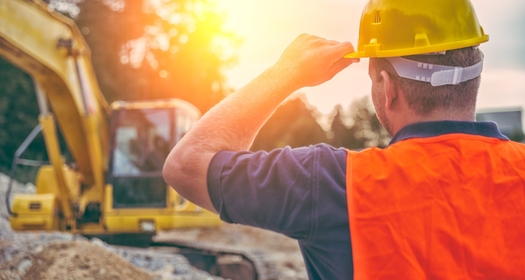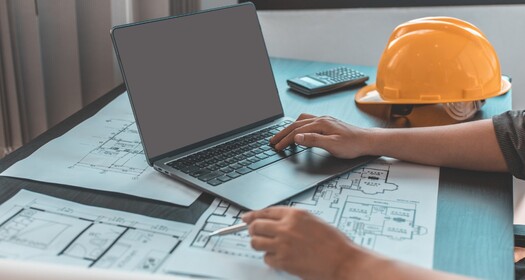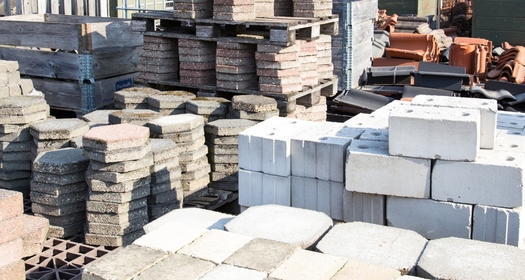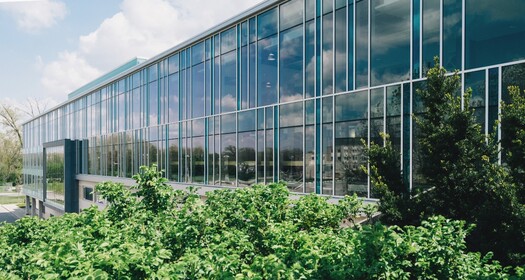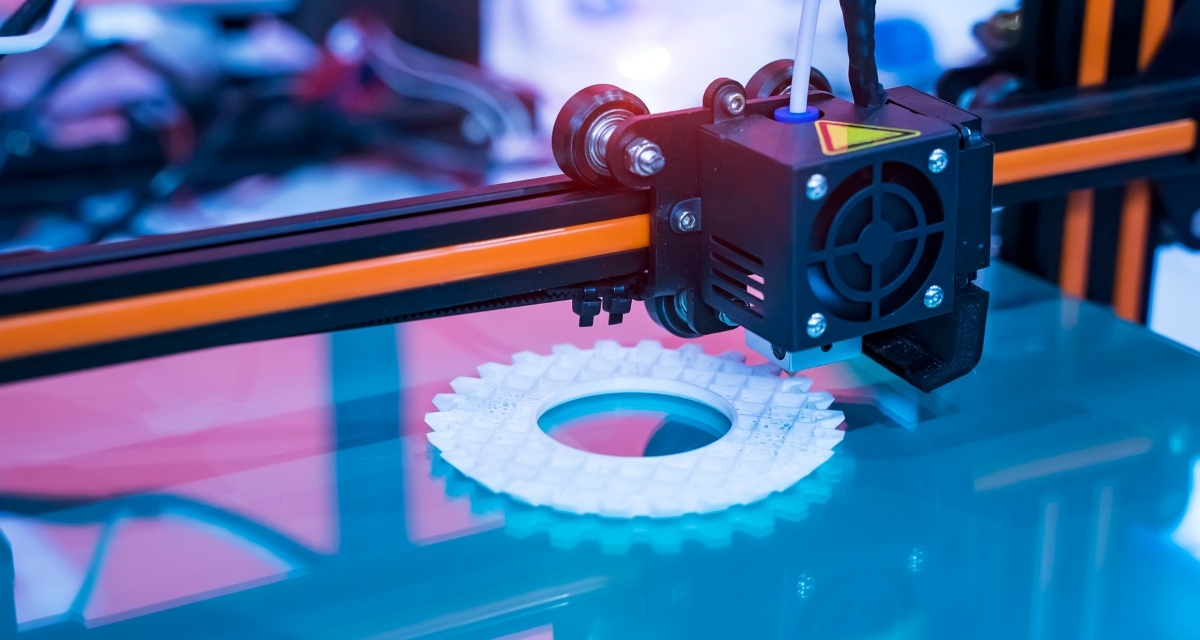
3D printing, also known as additive manufacturing, is a technology that has the potential to revolutionize the construction industry. By using 3D printing, it is possible to create building components and structures with unprecedented precision and efficiency.
Benefits of 3D Printing in Construction
One of the main advantages of 3D printing in construction is the ability to create complex geometries that would be difficult or impossible to produce using traditional manufacturing methods. This means that architects and engineers can design buildings with unique and innovative shapes, without being limited by the constraints of traditional construction techniques.
Benefits of 3D printing in construction:
- Allows for complex geometries and unique building designs
- Significant cost savings through automation and reduced need for molds and dies
- High precision and accuracy, leading to minimal waste and fewer errors
- Potential for sustainable construction using eco-friendly materials
Cost Savings and Efficiency
In addition to design flexibility, 3D printing also offers significant cost savings in construction. Traditional methods of building components and structures often require molds, dies, and other costly tools, but with 3D printing, these expenses can be greatly reduced. Additionally, the process of 3D printing is highly automated, which reduces labor costs and increases efficiency.
Precision and Accuracy
Another advantage of 3D printing in construction is the ability to produce components and structures with high precision and accuracy. This means that buildings can be constructed with minimal waste, and with fewer errors and defects. This not only saves money, but also results in safer and more durable structures.
Sustainable Construction
3D printing also has the potential to revolutionize the way we approach sustainable construction. Because it produces minimal waste and allows for precise production, 3D printing can help to reduce the environmental impact of construction. Additionally, it can be used to create building components and structures made from sustainable and eco-friendly materials.
Challenges of 3D Printing in Construction
Despite these advantages, 3D printing is still in its early stages of development in the construction industry, and there are still many challenges to overcome. One major challenge is the cost of 3D printing equipment and materials, which can be prohibitively expensive for some contractors. Additionally, the technology is still not widely adopted and there are few regulations in place to ensure the safety and quality of 3D printed buildings.
Challenges of 3D printing in construction:
- High cost of equipment and materials
- Limited regulations and oversight
- Limited adoption and understanding of the technology
Despite these challenges, it is clear that 3D printing has the potential to revolutionize the construction industry. As the technology continues to advance and costs come down, we can expect to see more and more 3D printed buildings and structures in the near future.
In conclusion, 3D printing has the potential to revolutionize the construction industry by offering design flexibility, cost savings, precision and accuracy and sustainable construction. As the technology continues to evolve, we can expect to see more widespread adoption and use of 3D printing in construction, leading to more innovative and sustainable buildings and structures. The future of construction is definitely looking bright with 3D printing technology.



